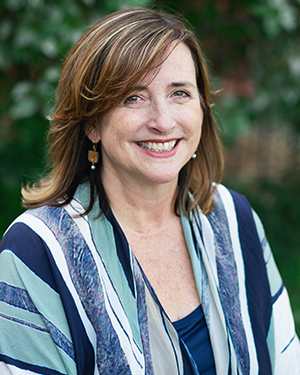History of Philanthropy in the US
Rebecca
Arno, Chief Impact and Innovation Officer, Barton Institute for
Community Action [pictured right], led the morning session, which
provided an understanding of how the third sector came to be and how the
history of charitable giving in the U.S. created the environment we
have today.
The Role of Women Throughout History
The Smithsonian article, "The Storied History of Giving in America" includes diverse perspectives about the role of women in philanthropy. Interestingly, social activist Emily Bissel worried that women getting the vote would take away from their power in the charitable space.
A
few decades later and thousands of miles away, a group of young
activists in New York’s Chinatown also understood the connections
between access to health care and equal citizenship." The group formed
what would become the Charles B. Wang Community Health Center that still exists today.
Consider the Role of the Government in Forming/Balancing the Nonprofit Sector
(1) Regulation of influence (laws allowing and prohibiting lobbying);
(2) Taxation (early tax laws spurred the creation of major foundations);
(3) Involvement in addressing social issues: Hoover’s “low-cost
governance” vs. Roosevelt’s “New Deal"
Philanthropy isn’t just for the wealthy
Early examples of mass philanthropy include campaigns to support the Red Cross and other public health campaigns.
Narratives of philanthropy are diverse and inspiring, a few groups to know:
Black Resilience of Colorado | Latino Community Foundation of Colorado
Native Americans in Philanthropy
